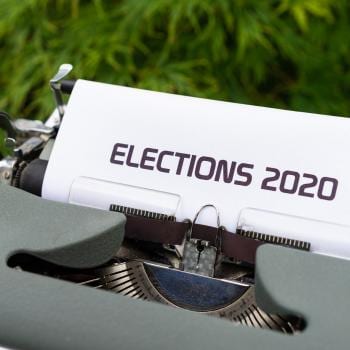It is interesting that the article begins with Chairman Mao’s acknowledging his debt to Tibet as “our only foreign debt” and ends with the recommendation that “the United States should first acknowledge that the Chinese have sovereign right to Tibet…”
From “Foreign Policy in Focus“:
In 1935, the People’s Liberation Army swept through Tibet on the Long March to evade Chiang Kai-Shek’s Nationalists. It was a grim time. Harassed by snipers, Mao’s armies faced a much greater challenge: cold and hunger. In the grassland plateaus of Tibet, the Communists died by the thousands.
The wandering soldiers were not the only ones to suffer. The grasslands could barely support the Tibetans who lived there. The Long March was like a plague of locusts. “It must have been desperately bad,” writes Sun Shuyun in her new and fascinating book The Long March, based on interviews with survivors of the trek. “It was the only time Mao acknowledged any of the Red Army’s depredations, out of all the places and people they took from, all the confiscations and ransom. Events here seem to have penetrated his normally steely conscience – perhaps because they were taking from the very poor, ten months from their next harvest.”
At the end of the Long March, Mao was even moved to apologize to the Tibetans for grabbing food from people who had so little. “It was our only foreign debt,” he told journalist Edgar Snow. “One day, we must return to the Tibetans what we had to take from them.”
From Beijing’s perspective, the debt to Tibet has been paid back. The Communists have brought modernity to the poor, traditional lands: better education, rapid expansion of the economy, and a modern rail connection. What the Communists took in 1935, they have more than repaid.
Many Tibetans think differently. Much of the development has benefited not Tibetans but the Han Chinese who have moved into the province. The indigenous culture is under threat–not in the temple-destroying ways of the Cultural Revolution but in a more subtle, assimilating manner. It’s not that the Tibetans romanticize the nomadic life. The younger generation in particular wants the benefits of modernity. But they want more say over key questions: the what, how, and for whom.
Behind the recent uprising in Tibet lie two very different strategies to address these questions. The Dalai Lama urges negotiations with Beijing over greater autonomy for Tibet. The younger and more radical members of the Tibetan Youth Congress and similar organizations want an independent Tibet.
These splits – within the opposition and between Beijing and the protesters – require great delicacy. In Tibet’s Dangerous Game, FPIF contributor Van Jackson argues that the United States should balance concerns for human rights and regional stability. “Declaring unabashed support for the protestors would only inflame China, embolden the protestors, and ensure that violence will continue,” he writes. “By contrast, the best chance for the violence to end resides in reestablishing unanimity within the Tibetan independence movement. A unified Tibet will, at a minimum, provide China with a coherent negotiating partner and a common voice on Tibetan issues.”
At the same time, the United States does not exactly have clean hands when it comes to the matter. In the 1950s, as FPIF contributor Ross Gearllach writes in Approaching Tibet, the CIA trained and equipped Tibetan farmers to take on the Communists. Today, Gearllach continues, “instead of lecturing the Chinese, the United States should first acknowledge that the Chinese have sovereign right to Tibet, a fact that the Dalai Lama no longer disputes. Australian Prime Minister Kevin Rudd recently did an excellent job of supporting the Tibetan people while acknowledging that the Chinese do possess a valid claim to Tibet and the right to have a say in its future. The United States should then quietly encourage the Chinese to deal with the Dalai Lama now, rather than attempting to wait him out.”











